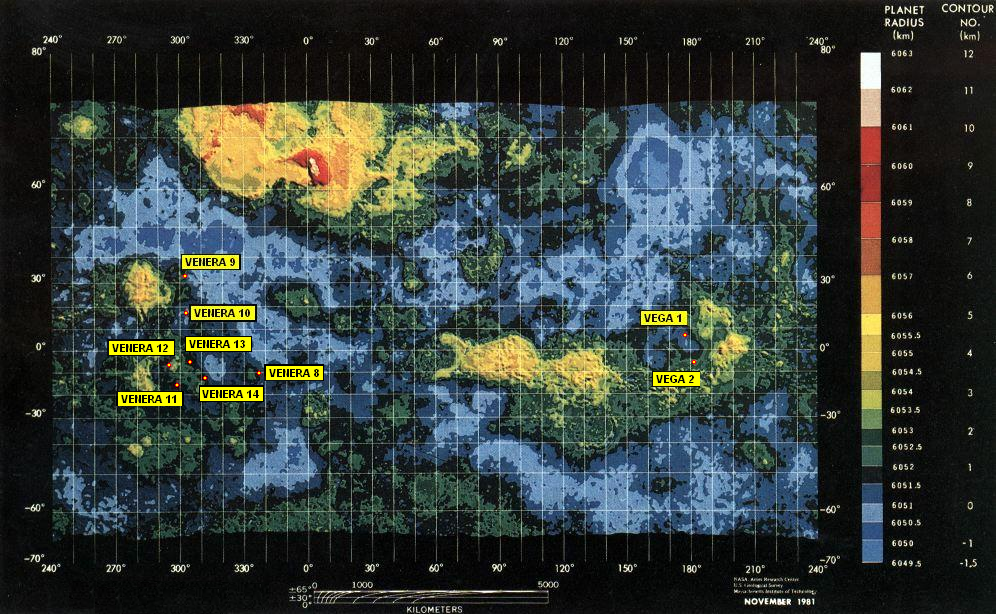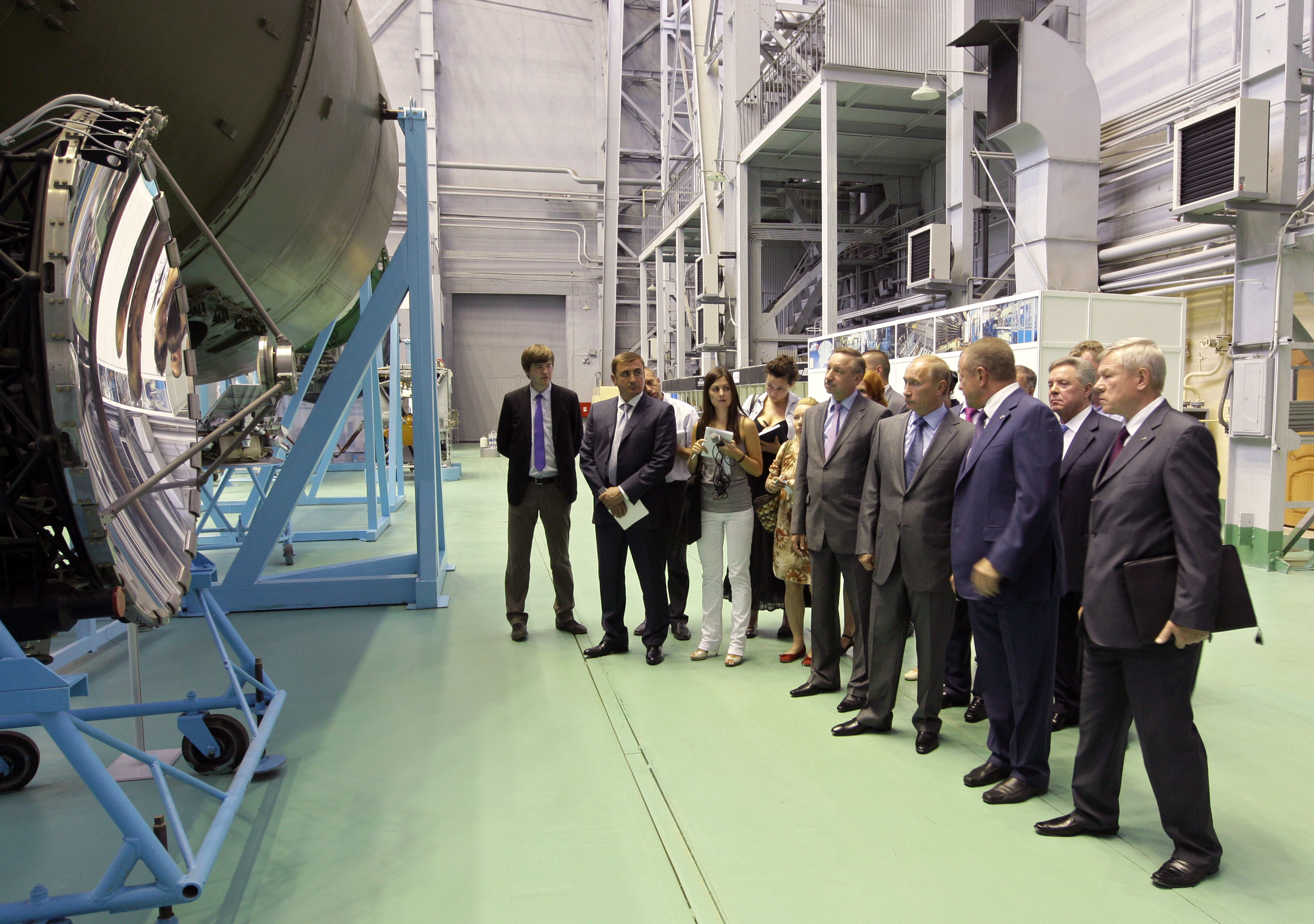|
1MV
The 1MV planetary probe (short for 1st generation Mars-Venus) is a designation for a common design used by early Soviet uncrewed probes to Mars and Venus. It was standard practice of the Soviet space program to use standardized components as much as possible. All probes shared the same general characteristics and differed only in equipment necessary for specific missions. Each probe also incorporated improvements based on experience with earlier missions. It was superseded by the 2MV family. Variants *Mars 1M: Mars probe 1M No.1 (''failure''), Mars probe 1M No.2 (''failure'') *Venera 1VA: Sputnik 7 (''1VA No.1''), Venera 1 (''1VA No.2'', ''Sputnik 8'') See also * Soviet space program * Venera * 2MV The 2MV planetary probe (short for 2nd generation Mars-Venus) is a designation for a common design used by early Soviet unmanned probes to Mars and Venus. It was an incremental improvement of earlier 1MV probes and was used for the Venera 5 and ... References Sovi ... [...More Info...] [...Related Items...] OR: [Wikipedia] [Google] [Baidu] |
Sputnik 7
Tyazhely Sputnik (russian: Тяжёлый Спутник, meaning ''Heavy Satellite''), also known by its development name as Venera 1VA No. 1, and in the West as Sputnik 7, was a Soviet spacecraft, which was intended to be the first spacecraft to explore Venus. Due to a problem with its upper stage it failed to leave low Earth orbit. In order to avoid acknowledging the failure, the Soviet government instead announced that the entire spacecraft, including the upper stage, was a test of a "Heavy Satellite" which would serve as a launch platform for future missions. This resulted in the upper stage being considered a separate spacecraft, from which the probe was "launched", on several subsequent missions. Tyazhely Sputnik was launched at 01:18:03 UTC on 4 February 1961, atop a Molniya 8K78 carrier rocket flying from Site 1/5 at the Baikonur Cosmodrome. When the upper stage ignited, cavitation in the liquid oxygen flowing through the oxidiser pump caused the pump to fail, ... [...More Info...] [...Related Items...] OR: [Wikipedia] [Google] [Baidu] |
Venera 1
''Venera 1'' (russian: Венера-1 meaning ''Venus 1''), also known as Venera-1VA No.2 and occasionally in the West as ''Sputnik 8'' was the first spacecraft to fly past Venus, as part of the Soviet Union's Venera programme. Launched in February 1961, it flew past Venus on 19 May of the same year; however, radio contact with the probe was lost before the flyby, resulting in it returning no data. Spacecraft ''Venera 1'' was a probe consisting of a cylindrical body in diameter topped by a dome, totalling in height. This was pressurized to with dry nitrogen, with internal fans to maintain even distribution of heat. Two solar panels extended from the cylinder, charging a bank of silver-zinc batteries. A 2-metre parabolic wire-mesh antenna was designed to send data from Venus to Earth on a frequency of 922.8 MHz. A 2.4-metre antenna boom was used to transmit short-wave signals during the near-Earth phase of the mission. Semidirectional quadrupole antennas mounted on the ... [...More Info...] [...Related Items...] OR: [Wikipedia] [Google] [Baidu] |
Venera
The Venera (, , which means "Venus" in Russian) program was the name given to a series of space probes developed by the Soviet Union between 1961 and 1984 to gather information about the planet Venus. Ten probes successfully landed on the surface of the planet, including the two Vega program and Venera-Halley probes, while thirteen probes successfully entered the Venusian atmosphere. Due to the extreme surface conditions on Venus, the probes could only survive for a short period on the surface, with times ranging from 23 minutes to two hours. The ''Venera'' program established a number of precedents in space exploration, among them being the first human-made devices to enter the atmosphere of another planet (Venera 3 on 1 March 1966), the first to make a soft landing on another planet (Venera 7 on 15 December 1970), the first to return images from another planet's surface (Venera 9 on 8 June 1975), the first to record sounds on another planet (Venera 13 on 30 October 1981) ... [...More Info...] [...Related Items...] OR: [Wikipedia] [Google] [Baidu] |
OKB-1
PAO S. P. Korolev Rocket and Space Corporation Energia (russian: Ракетно-космическая корпорация «Энергия» им. С. П. Королёва, Raketno-kosmicheskaya korporatsiya "Energiya" im. S. P. Korolyova), also known as RSC Energia (, RKK "Energiya"), is a Russian manufacturer of spacecraft and space station components. The company is the prime developer and contractor of the Russian crewed spaceflight program; it also owns a majority of Sea Launch. Its name is derived from Sergei Korolev, the first chief of its design bureau, and the Russian word for energy. Overview Energia is the largest company of the Russian space industry and one of its key players. It is responsible for all operations involving human spaceflight and is the lead developer of the Soyuz and Progress spacecraft, and the lead developer of the Russian end of the International Space Station (ISS). In the mid-2000s, the company employed 22,000–30,000 people. The ente ... [...More Info...] [...Related Items...] OR: [Wikipedia] [Google] [Baidu] |
Soviet Space Program
The Soviet space program (russian: Космическая программа СССР, Kosmicheskaya programma SSSR) was the national space program of the former Union of Soviet Socialist Republics (USSR), active from 1955 until the dissolution of the Soviet Union in 1991. Soviet investigations in rocketry began with the formation of a research laboratory in 1921, but these efforts were hampered by the devastating war with Germany. Competing in the Space Race with the United States and later with the European Union and China, the Soviet program was notable in setting many records in space exploration, including the first intercontinental missile that launched the first satellite and sent the first animal into Earth orbit in 1957, and placed the first human in space in 1961. In addition, the Soviet program also saw the first woman in space in 1963 and a cosmonaut performing the first spacewalk in 1965. Other milestones included computerized robotic missions exploring t ... [...More Info...] [...Related Items...] OR: [Wikipedia] [Google] [Baidu] |
Soviet Union
The Soviet Union,. officially the Union of Soviet Socialist Republics. (USSR),. was a transcontinental country that spanned much of Eurasia from 1922 to 1991. A flagship communist state, it was nominally a federal union of fifteen national republics; in practice, both its government and its economy were highly centralized until its final years. It was a one-party state governed by the Communist Party of the Soviet Union, with the city of Moscow serving as its capital as well as that of its largest and most populous republic: the Russian SFSR. Other major cities included Leningrad (Russian SFSR), Kiev (Ukrainian SSR), Minsk ( Byelorussian SSR), Tashkent (Uzbek SSR), Alma-Ata (Kazakh SSR), and Novosibirsk (Russian SFSR). It was the largest country in the world, covering over and spanning eleven time zones. The country's roots lay in the October Revolution of 1917, when the Bolsheviks, under the leadership of Vladimir Lenin, overthrew the Russian Provisional Government ... [...More Info...] [...Related Items...] OR: [Wikipedia] [Google] [Baidu] |
Soviet Space Program
The Soviet space program (russian: Космическая программа СССР, Kosmicheskaya programma SSSR) was the national space program of the former Union of Soviet Socialist Republics (USSR), active from 1955 until the dissolution of the Soviet Union in 1991. Soviet investigations in rocketry began with the formation of a research laboratory in 1921, but these efforts were hampered by the devastating war with Germany. Competing in the Space Race with the United States and later with the European Union and China, the Soviet program was notable in setting many records in space exploration, including the first intercontinental missile that launched the first satellite and sent the first animal into Earth orbit in 1957, and placed the first human in space in 1961. In addition, the Soviet program also saw the first woman in space in 1963 and a cosmonaut performing the first spacewalk in 1965. Other milestones included computerized robotic missions exploring t ... [...More Info...] [...Related Items...] OR: [Wikipedia] [Google] [Baidu] |
Soviet Mars Missions
The Soviet Union,. officially the Union of Soviet Socialist Republics. (USSR),. was a transcontinental country that spanned much of Eurasia from 1922 to 1991. A flagship communist state, it was nominally a federal union of fifteen national republics; in practice, both its government and its economy were highly centralized until its final years. It was a one-party state governed by the Communist Party of the Soviet Union, with the city of Moscow serving as its capital as well as that of its largest and most populous republic: the Russian SFSR. Other major cities included Leningrad (Russian SFSR), Kiev (Ukrainian SSR), Minsk ( Byelorussian SSR), Tashkent (Uzbek SSR), Alma-Ata (Kazakh SSR), and Novosibirsk (Russian SFSR). It was the largest country in the world, covering over and spanning eleven time zones. The country's roots lay in the October Revolution of 1917, when the Bolsheviks, under the leadership of Vladimir Lenin, overthrew the Russian Provisional Government ... [...More Info...] [...Related Items...] OR: [Wikipedia] [Google] [Baidu] |
Soviet Venus Missions
The Soviet Union,. officially the Union of Soviet Socialist Republics. (USSR),. was a transcontinental country that spanned much of Eurasia from 1922 to 1991. A flagship communist state, it was nominally a federal union of fifteen national republics; in practice, both its government and its economy were highly centralized until its final years. It was a one-party state governed by the Communist Party of the Soviet Union, with the city of Moscow serving as its capital as well as that of its largest and most populous republic: the Russian SFSR. Other major cities included Leningrad (Russian SFSR), Kiev (Ukrainian SSR), Minsk ( Byelorussian SSR), Tashkent (Uzbek SSR), Alma-Ata (Kazakh SSR), and Novosibirsk (Russian SFSR). It was the largest country in the world, covering over and spanning eleven time zones. The country's roots lay in the October Revolution of 1917, when the Bolsheviks, under the leadership of Vladimir Lenin, overthrew the Russian Provisional Government ... [...More Info...] [...Related Items...] OR: [Wikipedia] [Google] [Baidu] |



